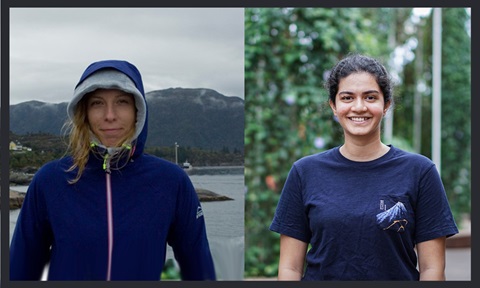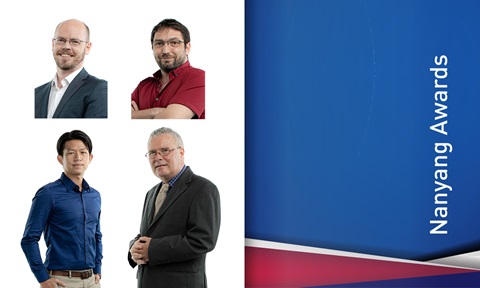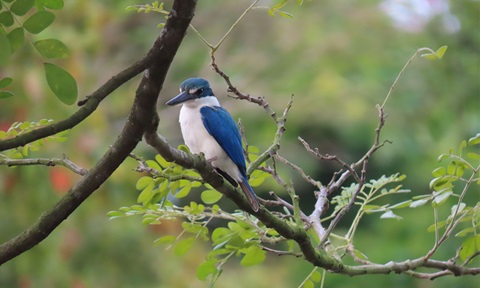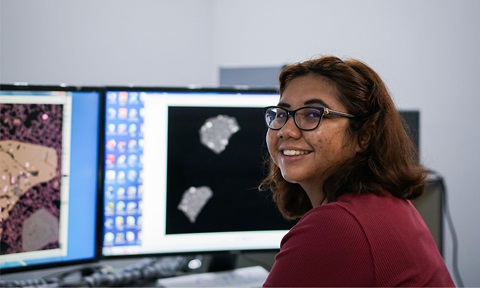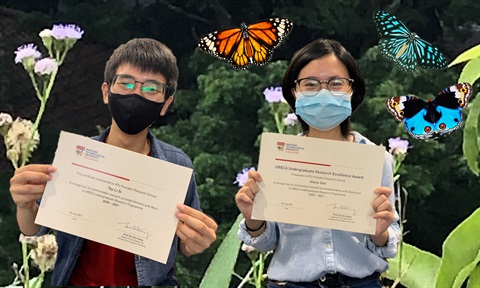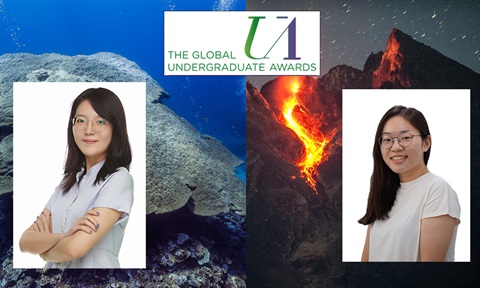Prestigious award from American Society of Civil Engineers to ASE Research fellow Dr Adel Emadzadeh for interdisciplinary study
Our warmest congratulations to Dr Adel Emadzadeh, who has won the Karl Emil Hilgard Hydraulic Prize from the American Society of Civil Engineers (ASCE). Dr Emadzadeh, who is working with the Magma Transport Dynamics Group, won the award for a paper he published in the journal Hydraulic Engineering, which was selected by the editor as best paper of 2020!
The Karl Emil Hilgard Hydraulic Prize is one of the most prestigious awards in the field of Hydraulic Engineering and has been so for the past 80 years. This annual award is based on papers published in ASCE journals during the past year. It is awarded to the author of a paper which is judged to be of superior merit, on the basis of both subject matter and method of presentation. The paper should deal with a problem of flowing water, either in theory or practice.
Dr Emadzadeh’s paper, titled Settling Velocity of Porous Spherical Particles, looks into the settling of a porous particle, and how porosity can affect its terminal settling velocity in air, water and other fluids. The knowledge gained from this paper may be used to study the settlement of volcanic ash, and porous-particle settlement encountered in many engineering applications, including flocculation and sedimentation of organic debris in riparian flows and sludge in wastewater-treatment plants.
In this work, using high-speed cameras and image processing techniques, Dr Emadzadeh followed the particle throughout its settlement and measured the velocity of fluid surrounding it. He used advanced computer vision, and image processing techniques from the field of computer engineering, and fluid velocity measurement techniques to better understand the settlement of porous particles.
So why was his paper picked by the editor among hundreds of other papers? “This interdisciplinary approach shed light on many unknown aspects involved in settlements of porous particles. Interdisciplinary approaches, in my view, can help to look into old problems from new angles and this may be an advantage of this published study” says the awardee.














/enri-thumbnails/careeropportunities1f0caf1c-a12d-479c-be7c-3c04e085c617.tmb-mega-menu.jpg?Culture=en&sfvrsn=d7261e3b_1)

/cradle-thumbnails/research-capabilities1516d0ba63aa44f0b4ee77a8c05263b2.tmb-mega-menu.jpg?Culture=en&sfvrsn=1bc94f8_1)

7e6fdc03-9018-4d08-9a98-8a21acbc37ba.tmb-mega-menu.jpg?Culture=en&sfvrsn=7deaf618_1)

